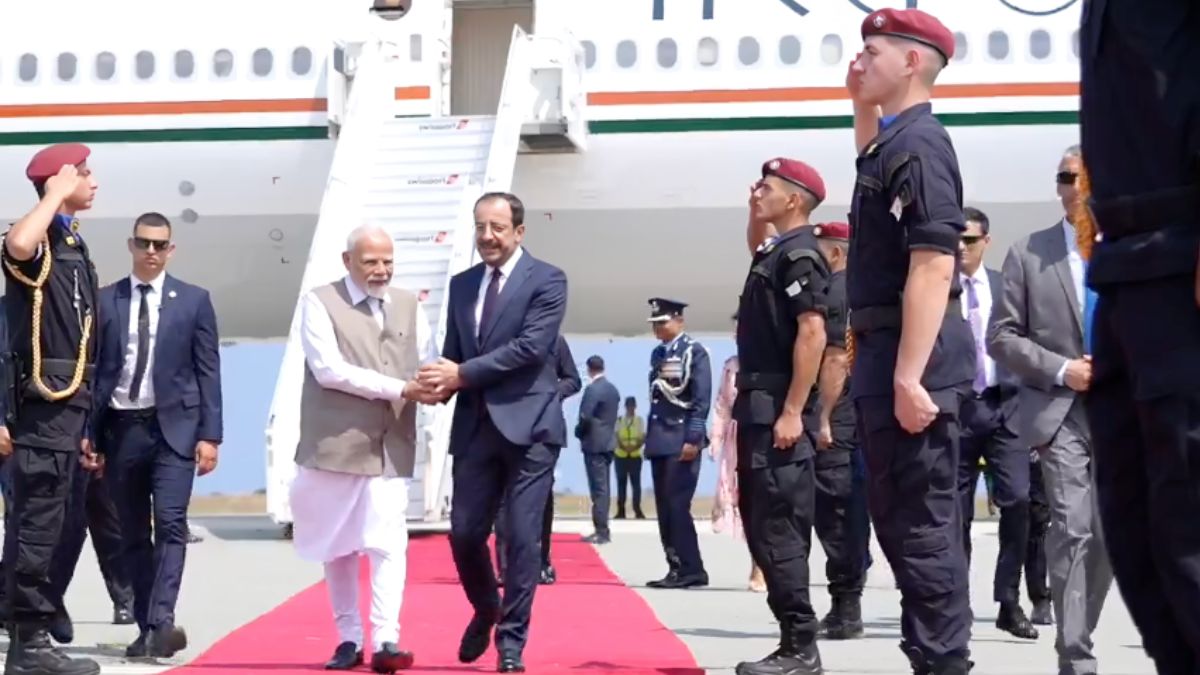ISIS Resurgence In South Asia: A Growing Threat With A Human Face

In South Asia, reports fo incidents related to ISIS recruitment and attack plots has created worries. Image courtesy: RNA
The so-called Islamic State may have lost its strongholds in Iraq and Syria, but its shadow hasn’t gone away. In South Asia, especially through its Khorasan affiliate (ISIS-K), the group has been making a worrying comeback.
From bombings in Afghanistan to terror modules busted in India and whispers of revival in Bangladesh, the signs are clear: the group is trying to claw back relevance, and ordinary people are paying the price.
Why is Afghanistan at the heart of the storm?
Afghanistan remains the epicentre of ISIS-K’s activity. Despite the Taliban’s grip on power, ISIS-K has managed to carve out spaces to operate. Reports say it claimed nearly 60 attacks last year across Afghanistan and beyond, a sharp rise compared to 2023.
Most of these strikes targeted Taliban officials and minority groups like the Hazara community. For families who live in constant fear of explosions in mosques or marketplaces, it’s not about geopolitics. It’s about whether their children make it home from school alive.
What is the spillover effect of the ISIS resurgence?
The threat is not confined to Afghanistan. In Pakistan, the group has been blamed for attacks on security forces and civilians.
In India, police recently busted ISIS-inspired modules in Delhi and Jharkhand, raising alarms about how easily online propaganda can push young people down a dark path.
Bangladesh, too, is worried about local Islamist outfits seeking to connect with ISIS for resources and recognition.
These developments underline a troubling reality: borders mean little to extremist movements. The networks spread through ideology, encrypted apps, and shared grievances, all of which are harder to police than physical movement.
Why is ISIS still finding recruits?
The resurgence of ISIS in South Asia isn’t happening in a vacuum. There are reasons why the group continues to find followers.
Power vacuums and weak governance in Afghanistan create openings for groups like ISIS-K. Disillusioned fighters — even some ex-Taliban — see ISIS as a “purer” option.
Marginalised communities often find themselves targeted and excluded, making them both victims and potential recruits. Digital propaganda ensures that even a teenager in a small town can be drawn into a global extremist network.
What is the human cost of the ISIS resurgence?
Behind every headline about a bombing or an arrest is a community that suffers. Minority groups in Afghanistan are traumatised by repeated attacks.
Border communities in Pakistan and India worry about being caught in the crossfire of extremist violence and counterterror crackdowns.
Families in Bangladesh watch their sons and daughters with unease, fearing how quickly radicalisation can happen online.
For ordinary people, ISIS’s resurgence is not an abstract security issue. It is a daily fear, a disruption of livelihoods, and a fracture in social trust.
What can be done to blunt the ISIS impact?
The response cannot just be about more guns and checkpoints. Security forces do need better intelligence and cross-border coordination, but the fight against ISIS-K also has to go deeper.
Communities must be engaged to build trust and resilience. Young people need opportunities that pull them away from radicalisation.
Governments need to protect minorities so that grievances are not left to fester. The online space must be monitored and extremist messaging countered with credible voices.
What can be expected in the coming months?
The resurgence of ISIS in South Asia is a warning sign. Left unchecked, it could spread instability far beyond Afghanistan’s borders.
There is still a window to act: with smarter security measures, stronger regional cooperation, and a people-centred approach that tackles not just the violence, but the conditions that allow it to thrive.
At its core, this is not just about counterterrorism doctrines or strategy papers. It’s about people: the families mourning loved ones lost in attacks, the children too scared to go to school, and the communities left divided by fear. Any serious effort to push back ISIS must remember that it’s these lives, not just state security, that are on the line.







